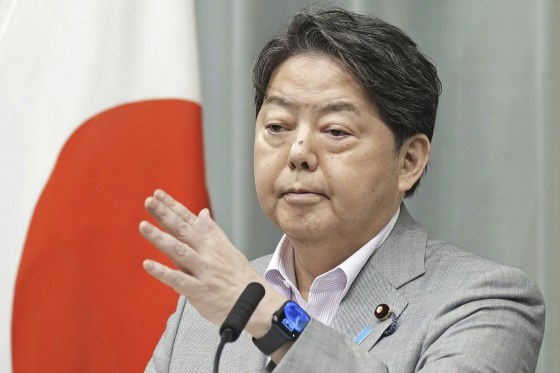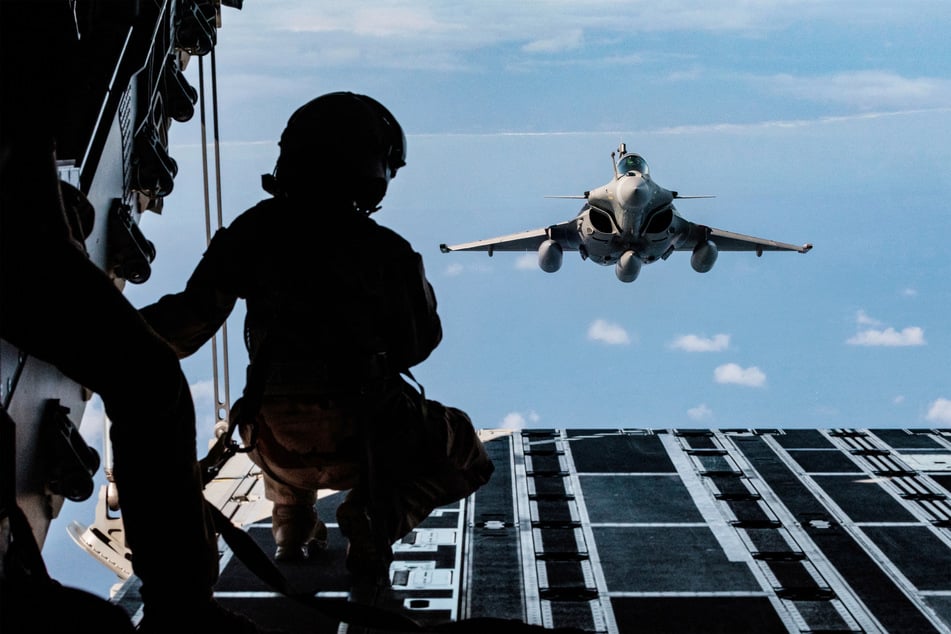Tokyo — The senior spokesman for the Japanese government described the Chinese military plane’s breach of Japanese airspace as “completely unacceptable” on Tuesday, one day after the ally of the United States mobilized its armed forces in reaction to what it called an unprecedented trespass.

Although Beijing has stated that it has no intention of invading any nation’s airspace, the United States and China’s neighbors in the Asia-Pacific region are becoming increasingly concerned about China’s military assertiveness as confrontations between the two countries become more frequent. China claims vast amounts of territory in this region.
Chief Cabinet Secretary Yoshimasa Hayashi stated that from approximately 11:29 to 11:31 a.m. on Monday (10:29 to 10:31 p.m. Sunday ET), a Chinese military Y-9 intelligence-gathering aircraft entered Japanese airspace in the territorial waters off the Danjo Islands southwest of Japan’s main southern island of Kyushu. Japan’s Air Self-Defense Force then warned the aircraft to stay away.
At a daily press briefing, he said, “We consider the incursion of a Chinese military aircraft into our nation’s airspace to be completely unacceptable. It is not only a serious violation of our country’s sovereignty but also a threat to our safety.”
According to Hayashi, Japan “strongly demanded that preventive measures be taken” in a Monday diplomatic letter that it had sent to the Chinese government, describing it as “extremely severe.”
On Monday, the Japanese Foreign Ministry said that the acting Chinese ambassador had been called in.
Spokesman for the Chinese Foreign Ministry Lin Jian stated on Tuesday that the appropriate Chinese ministries were confirming the events.
At a routine briefing in Beijing, he stated, “I’d like to stress that China has no intention to breach any country’s airspace.”

The head of staff of Japan’s Air Self-Defense Force, Gen. Hiroaki Uchikura, did not address the conduct of the Chinese jet or specify the precise measures the Japanese military took.
However, he stated that often, alerts are communicated to other aircraft by radio on an emergency communication frequency, and subsequently, the pilot would use the plane’s wing to visually alert them. A flare is thrown if the opposing pilot still doesn’t cooperate.
At a press briefing on Tuesday, Uchikura stated, “I think that the Chinese military’s activities in the skies are generally expanding and becoming more active.”
Hayashi stated that the Japanese government will “continue to monitor China’s military activities with keen interest,” despite the fact that the intention behind the acts of the Chinese military aircraft remained unclear.
The officials’ comments on Tuesday coincided with the departure of a bipartisan group of Japanese lawmakers for Beijing in an effort to strengthen ties between the two nations, which have been embroiled in a protracted territorial dispute over a group of uninhabited islands that China refers to as the Diaoyu and Japan refers to as the Senkaku.
The South China Sea is a strategically significant waterway that China claims nearly entirely. U.S. national security adviser Jake Sullivan also arrived in Beijing on Tuesday for discussions with top Chinese officials, who are anticipated to discuss tensions in the region.
While there are territorial disputes in the South China Sea between several nations, some of the more significant recent incidents have between China and the Philippines. These have sparked worries that the United States, the Philippines’ old treaty partner, would be dragged into a more serious battle.
One day after China prevented Philippine boats from delivering supplies to a coast guard ship at the disputed Sabina Shoal, the defense secretary of the Philippines declared on Tuesday that China was “the biggest disruptor” of peace in Southeast Asia and that “stronger collective multilateral action against China” was necessary.
China intensified the issue after claiming that the Philippine ships had entered its territorial seas.






